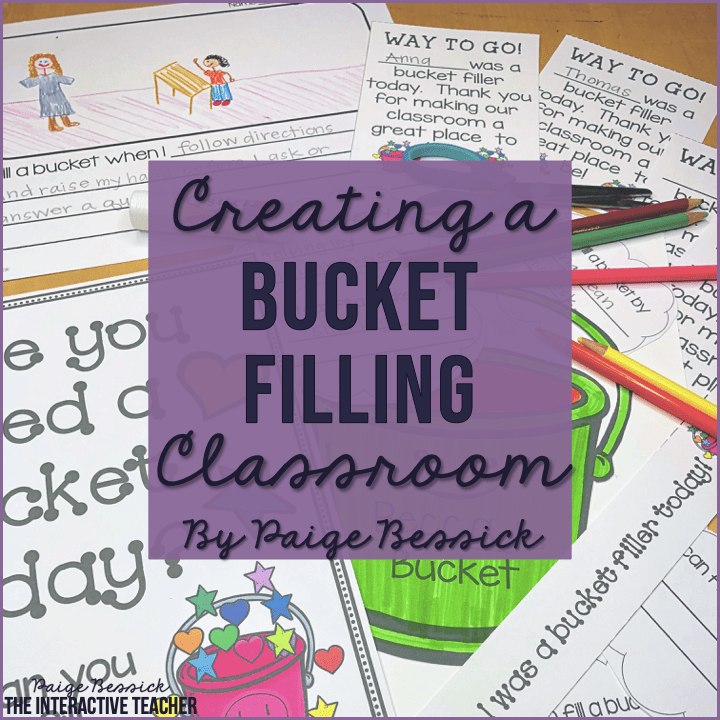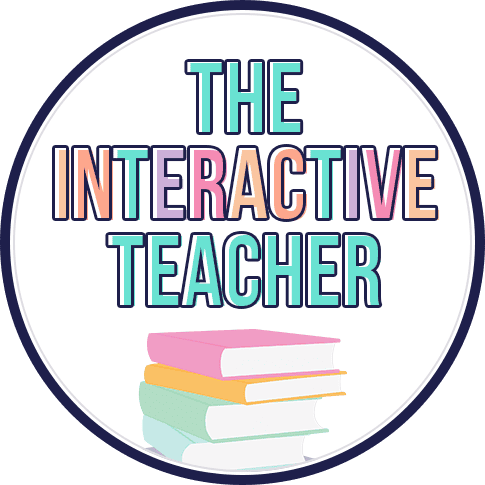With the research of Science of Reading coming to the forefront recently, I wanted to touch base and tell you more about phonics or word work. As a first grade teacher, I think phonics is one of the most important and essential skills we teach our 6 and 7-year-olds. Keep reading to find out why and resources that can help you be a better phonics teacher.
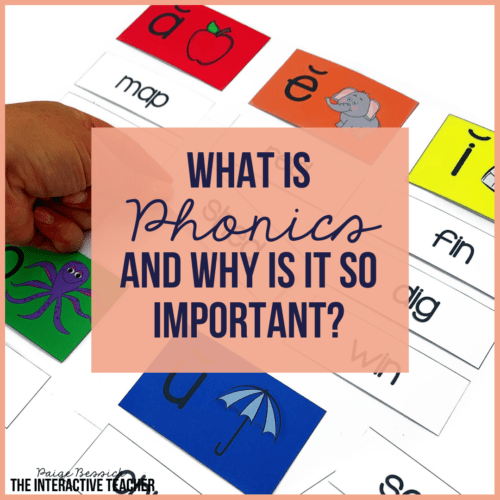
**This post contains affiliate links. By purchasing an item using these links, I will receive a small commission on your purchase. This helps me to continue writing this blog and providing you with these tips and ideas. Thank you!
What is Phonics?
Phonics is a practice of teaching children how to read and write. It involves teaching students how to match the sounds letters make to the way they look. It supports learners in being able to hear, identify, and use the sounds that each letter or group of letters makes. If you teach first grade, you likely have an entire curriculum that you are expected to follow. But, why do we teach phonics in the early years?
Why is Teaching Phonics Important?
The Science of Reading is a body of research that combines findings from disciplines like cognitive science, cognitive development, educational psychology, and more. These findings were applied to the way students learn to read.
This collection of research has found that teaching phonics systematically, explicitly, and cumulatively is key to successful reading instruction.
- Explicit teaching means that students are presented with a letter and the sound it makes.
- Systematic means that they are then taken from presentation through a series of practice activities, the same way each time.
- Cumulative means that all letters and sounds in the English alphabet are taught.
Phonics instruction teaches children how to decode letters into their sounds. This is a skill that is essential for them to read unfamiliar words by themselves. This will also support their writing. When learners know the sounds that letters make, then can write them too.
What Does Quality Instruction Look Like?
According to research, there are three elements you need for effective phonics instruction.
Present and practice
- Teaching begins with presentation and moves to student practice. The teacher should always begin by presenting the new sound. This ensures that students hear the sound correctly, and see examples of the sound in different words. But, the work should quickly move to the students so they can practice!
- I use posters in my classroom to teach the skill. Students have a visual to remember what the sound is and they can refer back to it until they have mastered the sound.
- We also use the posters as a rote practice activity. Students say the letter(s) and the sounds as I flip through the posters that we’ve learned.
Hands-On Activities
- It includes hands-on activities. Sorts, building words with manipulatives, and other hands-on activities make lessons more concrete for young learners.
- Sorts, both picture and word, are some of our favorite things to do with our phonics practice. Students practice the sorts multiple times each week by sorting, reading, or sharing with a partner, and then writing and gluing in their word work journal.
- I also love making word activities with magnetic letters.

Application in reading and writing
- Students apply sounds to reading and writing. Phonics instruction should never be in isolation. After seeing the sound on its own, students should also see and hear the sound in words. Wiley Blevins, author of A Fresh Look at Phonics, shares that large amounts (at least 50% of daily practice) should be applied to authentic reading and writing.
- Another activity we love to do with our phonics skills is being “word detectives.” We use the reading app EPIC!, or our own book bag books and search for the phonics skills we’re working on. Learn more in >>THIS<< blog post.
These three practices support effective decoding, and decoding is one of the most fundamental skills for students to master when learning to read.
The key to decoding is to help students develop automaticity. This means that students know a word on sight, without having to sound it out. Over time, students will build up the collection of words they can read with automaticity. But in the beginning stages of reading, students must decode words, based on what they know about phonics.
Essentially, everything a child will learn to do with reading and writing throughout their school years begins with phonics! This makes it an incredibly important practice!
The Best Phonics Resources
If you are looking to expand your teaching practices this year, take a look at some of my favorite resources, below!
Here are some amazing books to support your own learning of phonics instruction. I personally love A Fresh Look at Phonics by Wiley Blevins.

Phonics Resources to use in your classroom
Another HUGE support for teaching my first graders phonics is >>THIS<< phonics bundle!
Phonics Teaching Bundle on TPT
This bundle has all of the posters, sorts, worksheets, and assessments for whole group explicit instruction, small group or center practice time, and independent application to assess. This bundle includes resources for:




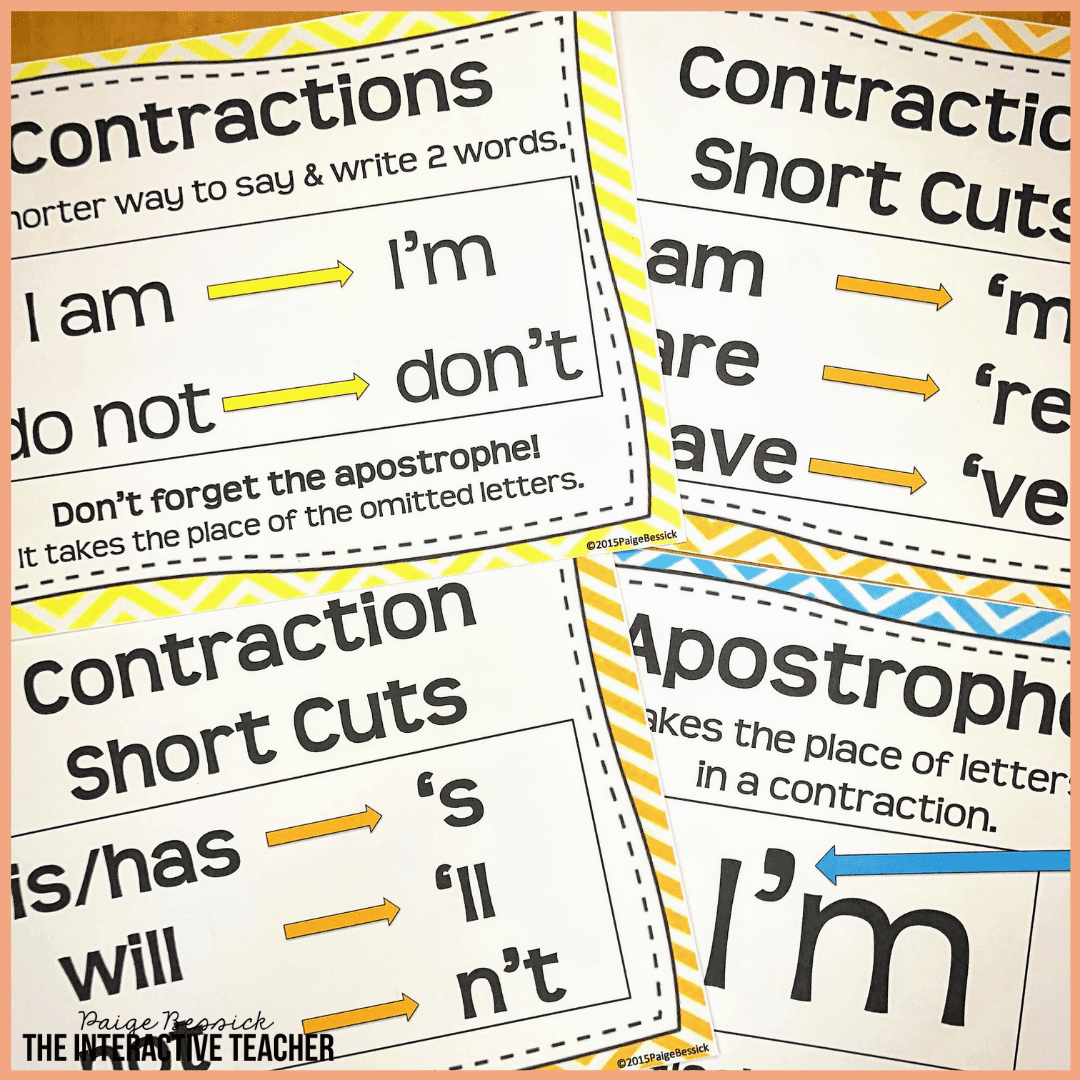
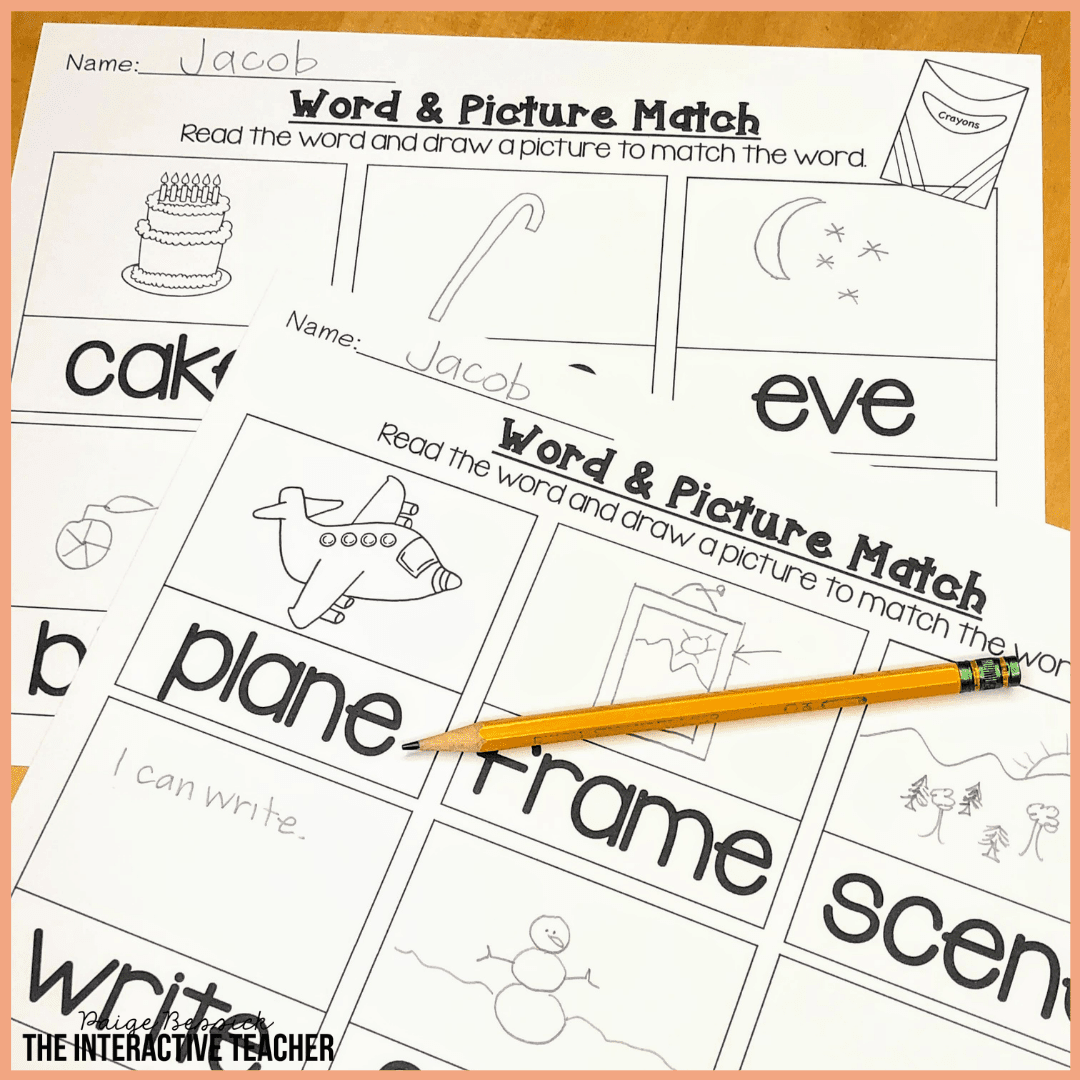
Want to learn more?
Here are 3 blog posts that can help:
- How to Teach Phonics in the Primary Grades
- Easy Word Work Activities for ANY phonics skill
- Phonological vs. phonemic awareness and how to support our youngest readers
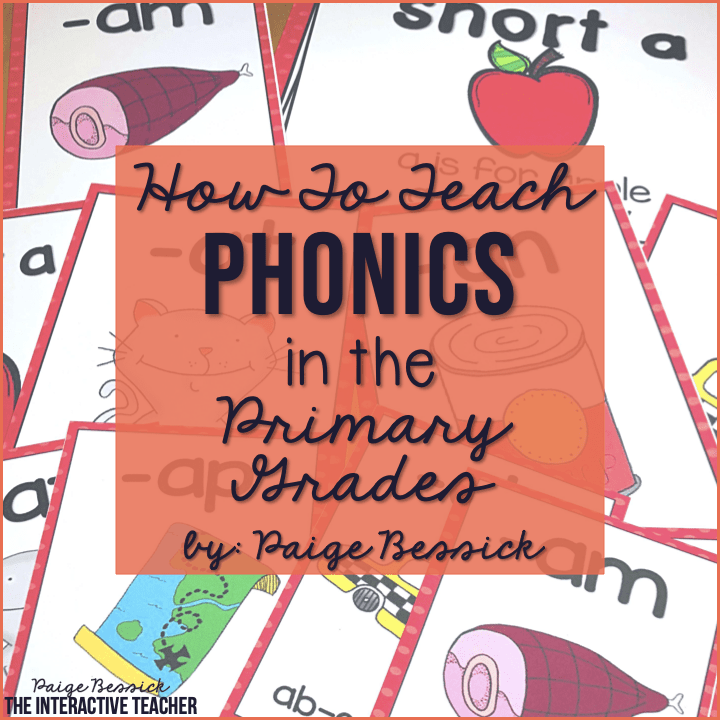


Alright, now you’ve got some work cut out to support your learners with phonics. Please email me, or let me know if you have any questions.










